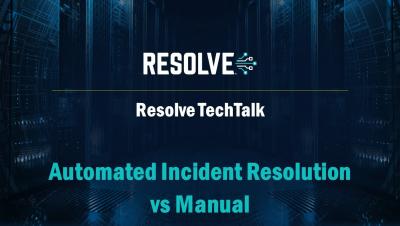Operations | Monitoring | ITSM | DevOps | Cloud
Incident Management
The latest News and Information on Incident Management, On-Call, Incident Response and related technologies.
SIGNL4 Cloud Bridge
6 Signs Your Incident Response Steps Are Working
Although IT incidents have always been a concern, the increase in customer-facing technology adds the cost of a bad customer experience to the cost of responding to and remediating an incident. While in a perfect world, you’d be able to prevent incidents from happening in the first place, the reality is they do happen and more often than most of us would like to admit.
Supervised Users in xMatters - xMatters Support
PagerDuty at AWS re:Invent 2021-Deepening Our Collaboration with AWS
Across the globe, in-person technology events are beginning to emerge from their pandemic hibernation. For developers and DevOps teams, no event has been more anticipated than AWS re:Invent, which is back in Las Vegas, November 29th — December 3rd to help bring us all back together and slowly let us find our new normal. While handshakes may be replaced by elbow bumps or other newfound greeting rituals, we are excited to be back and see all of you in real life.
All About Incident Communication: What it Is, How to Do It, and Why It's Crucial for Business
No matter how much you try to avoid it, incidents are bound to happen. And while your first instinct is to resolve the issue, it shouldn’t be your only priority. By solely focusing on solving the problem and not communicating it to affected stakeholders, like team members and customers, you’re actively making the situation worse. In this article, we’ll discuss what’s incident communication and how to create a strong incident communication plan.
3 Things to Know About AI/ML in the DevOps Toolchain
At DevWeek Austin, we discussed how AI and ML have come to the DevOps toolchain and are a great fit! Here are the 3 main takeaways.
Enterprise Alert 9.1 Update brings Microsoft Teams and SIGNL4 connectivity
As announced at the User Group Meeting 2021, we are now releasing Enterprise Alert 9.1. This version brings a set of new features extending the capabilities in some crucial areas. Here is what’s new in a nutshell: As always you will find more details, release notes and downloadable installer files in the online user group. You can also watch the session from our UGM (no cookie embedding): Watch this video on YouTube











